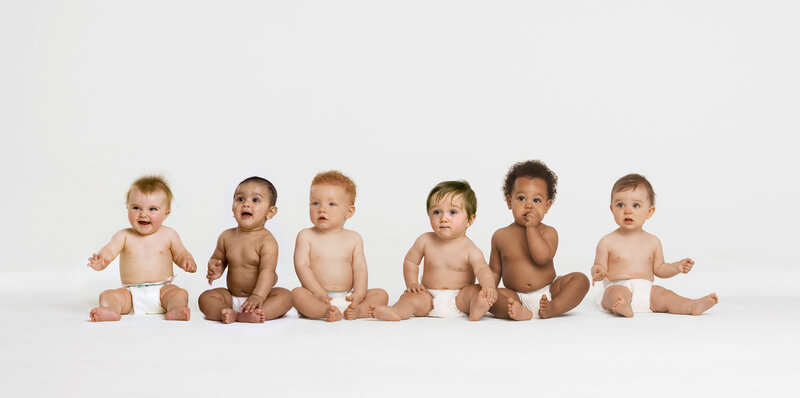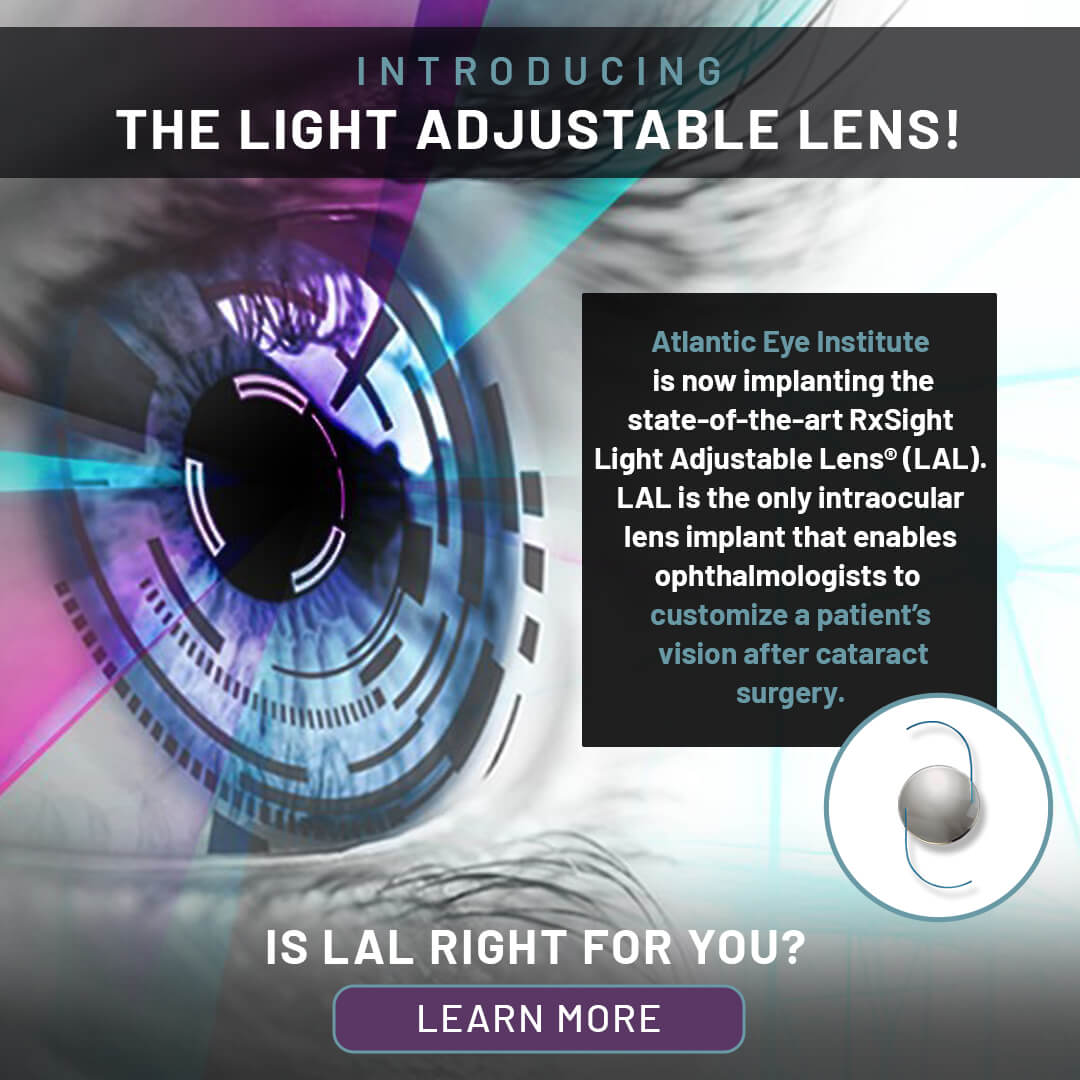Many adults wonder, “what do babies see?” because it’s clear from the beginning that babies start out nearsighted and that some things are far more visually captivating for them than others. In fact, most babies are born with vision acuity around the 20/400 range – meaning what others see clearly at 400 feet must be 20 feet away before a baby can focus on it. And a newborn can’t even see that far.
Vision changes through the ages, but the most dramatic of those changes typically occurs from birth to age three or four, when a child’s vision is fully developed. Bringing The World Into Focus
Bringing The World Into Focus: Early Vision Development And What Do Babies See?
Most people don’t realize that we learn to see the same way we learn to grab an object, crawl, speak and – eventually – walk. It requires a team effort involving the anatomy of the eye, the optic nerve and neural network, and multiple processing centers in the brain. In the beginning, all of these are very weak because they weren’t needed in the womb. While infants can notice changes in light/dark and see very murky shapes, there’s no need to focus before birth.
Birth to Month 4
Much of the world is blurry for the first weeks of a baby’s life. They can only focus a very short distance away (about eight to ten inches), just enough to see and recognize the faces of their primary caregivers, This seems just as it should be since newborns are having to adjust to so many different colors, images, movements, sounds, and other sensory stimulation. The ability to keep the world “out of focus” is exactly what newborns need to remain calm and get used to the world and people around them.
Right now, the world appears almost entirely in black and white. The ability to see color will evolve over the next few months. This is one reason you may notice her attention is most captivated by black/white toys or patterns, whereas pastels may seem uninteresting.
Vision Tip: One of the best things you can do to help your baby develop vision at an equal and consistent pace is to alternate the side you feed them on. Spend equal times holding your baby on the left side and then the right to help the eye muscles engage.
Don’t be alarmed if you notice your baby’s eyes crossing or wandering off in different directions (later referred to as “lazy eye”). This is perfectly normal and is just a sign of fatigue from the rigorous “workouts” they’re receiving while trying to focus on the world around them.
By the end of Month 4, odds are your baby notices and pays attention to things beyond the face and hands of the one who’s holding him. Now, he’s following different visual stimuli and tracking them, and he should be actively reaching for things by now.
Month 5 to Month 8
It may seem like your baby is able to see just about everything now. In many ways, they can. Between five and eight months old, babies with normal eye coordination and resulting vision development can see almost as well as a child with 20/20 vision. By Months 5 and 6, babies can focus and make sense of images from across the room. You’ll notice that she gets excited when someone new enters the room, whereas she was mostly oblivious to that fact in the past unless a loud noise or a familiar voice was attached.
Vision Tip: This is a great age to start reading a short story to your baby before nap, bedtime, or anytime they’re interested in a book. Point to objects and colors to indicate what they are (no need at all to “teach” as your baby will absorb it all like a sponge).
The world becomes increasingly interesting to your baby at this time because, in addition to being able to see things up close and at a distance, the world’s colors are beginning to emerge as well. Most babies start to scoot or crawl by month 8 or so, further increasing their hand-eye coordination and sharper-focused vision.
Month 9 to One-Year-Old
That hand-eye coordination becomes increasingly evident as babies reach for and accurately grab their intended target. They also become pretty good throwers at this point. We know parents are excited to see their baby’s first step. However, there is much to be said about the importance of crawling.
Vision Tip: We recommend encouraging your child to crawl and let them learn to stand and walk at their own pace. Crawling requires neural activity between the left and right sides of the brain, strengthening hand-eye and motor coordination. Forcing a child to learn to walk sooner than they’re naturally ready robs them of this important development phase.
The Toddler Years
Strengthening of the eye muscles and their relationship with the optic nerve and brain continue developing through the toddler years. While there’s never a need to “force” any type of development, parents and caregivers help to reinforce healthy visual evolution by:
- Keeping them away from screens if possible or engaging in very minimal screen time.
- Rolling or tossing a soft ball back and forth.
- Working on age-appropriate puzzles.
- Reading age-appropriate picture books.
- Taking walks outside, pointing out trees, ducks, birds, and objects of interest at various distances.
- Physically engaging in the world around them.
Continuing to help them build the hand-eye-brain connection eliminates any last traces of lazy or crossed eyes.
Warning Signs Of Eye Problems In Babies & Toddlers
Your pediatrician is your baby’s primary optometrist for that first year or two. Any questions or concerns you have about their vision should be brought to the pediatrician’s attention at your regular appointments. They’ll perform routine vision screenings and eye assessments at each visit, keeping an eye out for any serious red flags indicating a potential problem.
Once your “baby” turns three or so, it’s time to think about scheduling their first pediatric eye exam with a local optometrist. And, if they’re heading to T-K or Kindergarten, make their first eye appointment a priority. Any potential vision problems have a chance to be corrected before they’re in school, eliminating the chances of unrecognized vision issues causing problems with reading, writing, or their behavior (kids who can’t see well often act out because they aren’t able to remain visually engaged with learning materials).
As we mentioned above, it’s completely normal for babies and young toddlers to have episodes of crossed eyes, lazy eyes, or jiggling/vibrating eyeballs (nystagmus). These are all part of the eye muscles doing their exercise and growing stronger daily. However, contact your pediatrician or your optometrist if you notice any of the following warning signs:
- Excessive tearing or red, irritated eyes
- Extreme light sensitivity
- Winking or frequently blinking when concentrating on something
- Holding their head at an angle to focus
- Excessive eye goop (especially if accompanied by red eyes or yellow-to-greenish goo)
- Drooping eyelids
- White or gray matter/coloring in the pupil (the black center of the eye)
- Persistent crossed/lazy eyes after the first birthday
Ready To Schedule A Pediatric Eye Exam?
Wondering, “what do babies see?” We can tell you. Schedule your child’s pediatric exam at the Atlantic Eye Insitute. We’ll be happy to walk you through the exam, letting you know exactly what your baby and child can see and not see.

